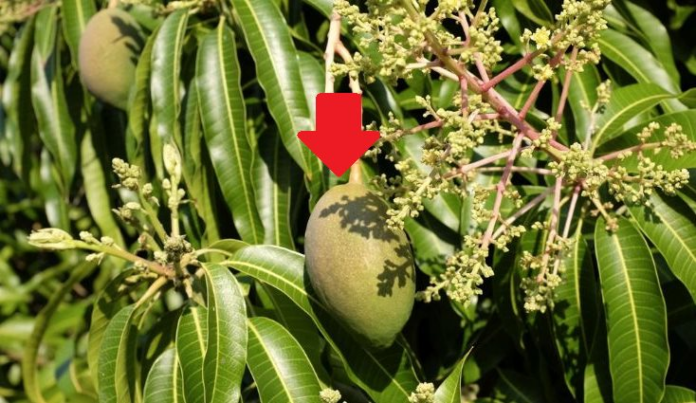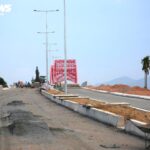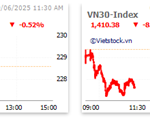
It’s all about mangoes. According to statistics from Chinese Customs, in the first quarter of this year, the country imported mangoes worth $29 million from six countries, a 21-fold increase compared to the same period last year. Notably, Vietnamese mangoes currently account for 97% of the import market share in China, far surpassing competitors like Thailand, Peru, Australia, Cambodia, and the Philippines. Thailand, once a major supplier to China, has dropped to the fifth position, with a trade value of just $65,000, a 70% decrease from last year.
While Vietnam has witnessed a significant surge in both mango production and export value, China’s imports from the other five markets have declined (Cambodia – 236 tons; Peru – 74 tons; Australia – 30 tons; Thailand – 11 tons; Philippines – 6 tons).
In the first quarter of 2025, Vietnam exported nearly 40,700 tons of mangoes to China, with a trade value of $28 million, a staggering 145-fold increase compared to the previous year. Two varieties that are particularly favored by Chinese consumers are Cat Hoa Loc and Cat Chu mangoes, known for their distinct sweet taste and aroma.
Vietnamese Mangoes Have a Competitive Edge
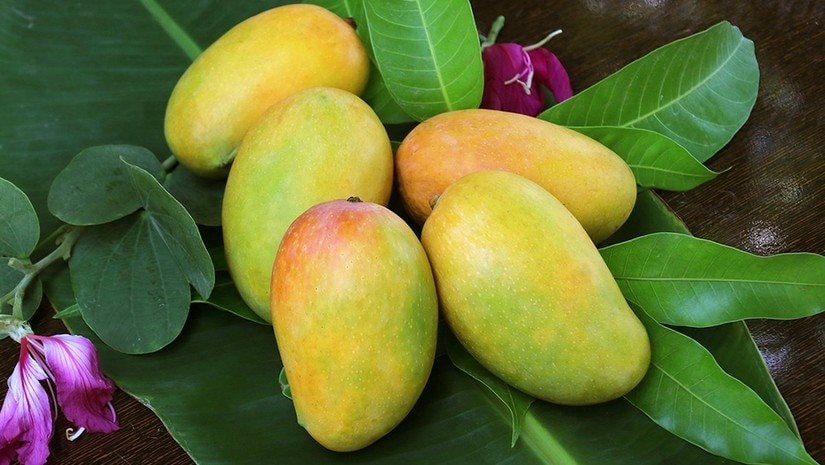
Vietnamese mangoes suit the taste preferences of Chinese consumers. Illustration
According to experts, Vietnamese mangoes have a significant price advantage, with an average cost of just $700 per ton. This is comparable to Cambodia and significantly lower than mangoes from Thailand, Peru, Australia, and the Philippines, which range from $6,000 to $11,000 per ton. The competitive pricing of Vietnamese mangoes can be attributed to lower logistics costs. Moreover, geographical proximity also facilitates easier access to the Chinese market.
Additionally, according to the Vietnam Vegetables and Fruits Association, Vietnamese mangoes stand out due to their high quality, reasonable prices, good yield, favorable seasons, and low labor costs. Notably, Cat Hoa Loc and Cat Chu varieties align perfectly with the taste preferences of Chinese consumers.
In reality, Vietnam produces approximately one million tons of mangoes annually, exporting them not only to China but also to other demanding markets like the US, South Korea, and Japan.
In recent years, mango consumption in China has experienced a significant boost. This can be attributed to the growing trend of favoring tropical fruits, both for fresh consumption and processing. Additionally, China faces a domestic supply shortage during the off-season, making imported mangoes a crucial choice to stabilize the market.
With favorable climate and soil conditions, along with superior quality, Vietnamese mangoes are making their mark in demanding global markets and establishing the country’s reputation in global agriculture.
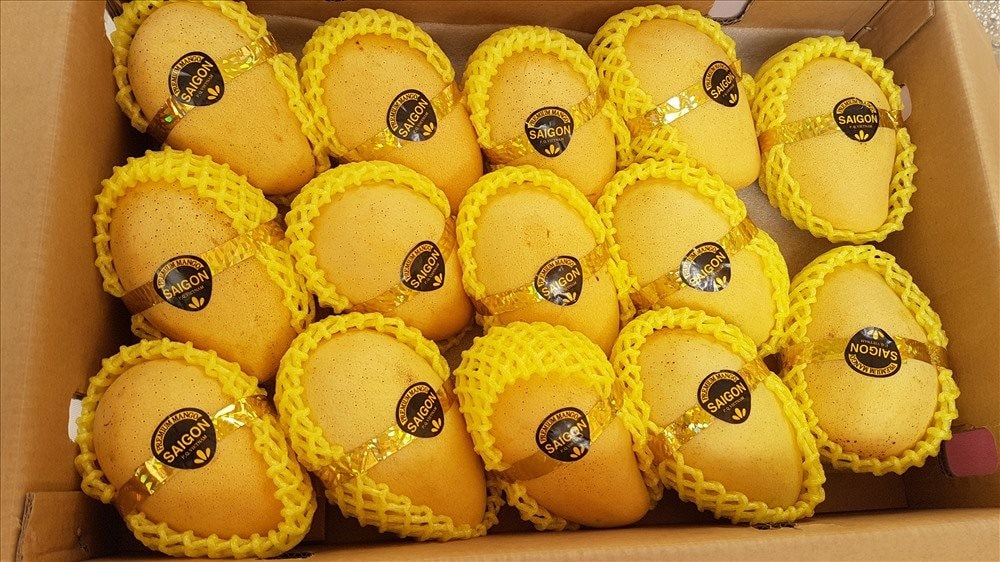
Vietnamese mangoes are also exported to demanding markets like the US and South Korea. Illustration: KV
Currently, Vietnam has nearly 2,000 hectares of mango farms in the Mekong Delta region that are VietGAP and GlobalGAP certified, meeting China’s stringent requirements. Additionally, Vietnam has the advantage of producing off-season mangoes, which is beneficial during China’s scarce supply period (September 2024 – March 2025).
Vietnam has emerged as the 13th largest mango exporter globally. Our mangoes are now exported to 40 countries, with China as the primary market, followed by the US, South Korea, the EU, and Japan.
Mangoes are considered one of the primary tropical fruits cultivated in Vietnam. According to the Ministry of Agriculture and Environment, the country has over 115,000 hectares of mango farms, yielding approximately one million tons annually. Vietnamese mangoes are harvested throughout the year, with the highest production occurring from December to May.
Currently, the Mekong Delta region leads mango production, with 49,900 hectares of mango farms. Within this region, Dong Thap province boasts over 14,000 hectares of mango farms, producing nearly 140,000 tons annually.
The Ministry of Agriculture and Environment has set a target for 2030, aiming for approximately 140,000 hectares of mango farms nationwide, with a yield of 1.5 million tons and an export value of $650 million.
The Arch Steel Bridge: Unveiling the 850 Billion VND Marvel in Quang Ngai
By the end of June 2025, the Tra Khuc 3 Bridge, the first steel arch bridge in Quang Ngai, is expected to be completed. This state-of-the-art structure is set to become a landmark in the region, offering a unique and modern design that is sure to impress locals and visitors alike. With its sleek, curved shape and sturdy steel construction, the Tra Khuc 3 Bridge will not only provide a vital transport link but also stand as a symbol of progress and innovation in Quang Ngai.
Market Beat: A Pulse Check on Investor Sentiment
The market witnessed a lackluster performance in the morning session, with no significant recovery efforts. The subdued participation of cash flow, coupled with persistent pressure from the pillar group, painted a gloomy picture. VN-Index hovered at 1,323.17 points, reflecting a 0.51% decline, while HNX-Index mirrored this sentiment with a 0.52% drop, settling at 227.42. The market breadth further emphasized the bearish trend, with 386 declining stocks outweighing the 222 advancing ones.
Counterfeiting in the Digital Age: Time to Take Action Against Online Marketplaces
“It is imperative to strengthen the penalties and impose criminal liability on both the manufacturers and the e-commerce platforms themselves if they are found to be in breach of regulations. A stringent enforcement approach is necessary to deter future violations and ensure a safe and trustworthy digital marketplace for all stakeholders involved.”
The Ultimate Scooter: Honda’s Highly-Anticipated Release in Vietnam
With a robust design, this Honda scooter packs a punch and delivers almost double the power of the SH160i.
“Chairman of the National Assembly Tran Thanh Man: Audit Activities are Increasingly In-Depth and High-Quality”
Emphasizing the outstanding achievements of the State Audit Office of Vietnam (SAV) in the past term, the National Assembly Chairman clarified that the SAV Party Committee has effectively played its role as the core leader. The committee has strengthened its leadership and directed officials and party members to enhance the quality and efficiency of their work.


























